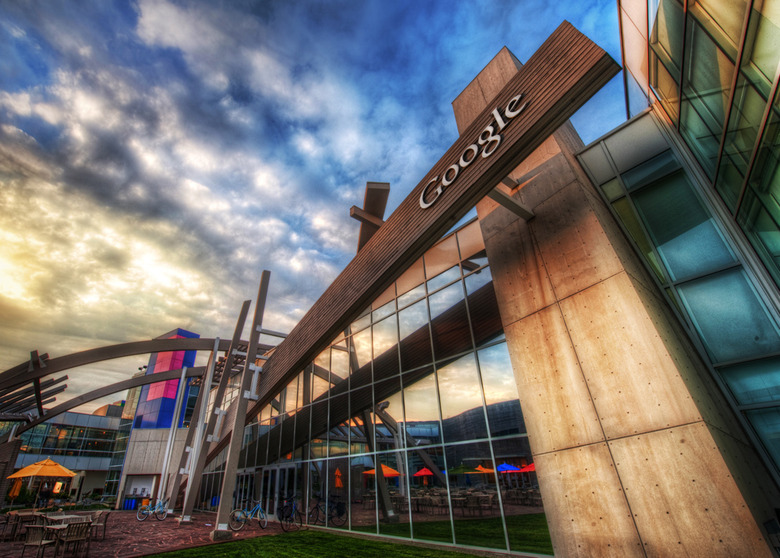Project Skybender Might Be Google's Most Important Moonshot Yet
We've known for a while that Google has been experimenting with beaming wireless Internet services down from weather balloons as part of its Project Loon initiative. However, it looks like Google's ambitions to beam us Wi-Fi from the skies goes even farther, as a new report from The Guardian details. Google right now is testing out solar-powered drones that use millimeter wave technology to deliver wireless Internet service that is as much as 40 times faster than current 4G wireless data services.
DON'T MISS: Quick tips to speed up your home Wi-Fi and improve coverage
"Based out of the site near the town called Truth or Consequences, Project SkyBender is using drones to experiment with millimetre-wave radio transmissions, one of the technologies that could underpin next generation 5G wireless internet access," The Guardian writes. "High frequency millimeter waves can theoretically transmit gigabits of data every second, up to 40 times more than today's 4G LTE systems. Google ultimately envisages thousands of high altitude "self-flying aircraft" delivering internet access around the world."
This sounds very intriguing, although the downside of millimeter spectrum is that it has poor range and poor penetration. Google is now testing out services over the 28GHz spectrum band, which has roughly a tenth of the range of signals transmitted over the low-frequency spectrum used for 4G networks.
A newly unveiled startup ISP called Starry is also experimenting with using millimeter waves to deliver super-fast wireless Internet service and it will start trials for the technology out in Boston this summer. Starry's plan seems to involve setting up a lot of different nodes set up around the city that will beam data wirelessly to an antenna that will sit in your window. The antenna will then convert the data to traditional Wi-Fi signals that will be beamed to PCs, tablets and smartphones.
Whether any of these projects get off the ground remains to be seen but they're welcome developments for anyone who's interested in seeing a more competitive landscape for Internet services.
